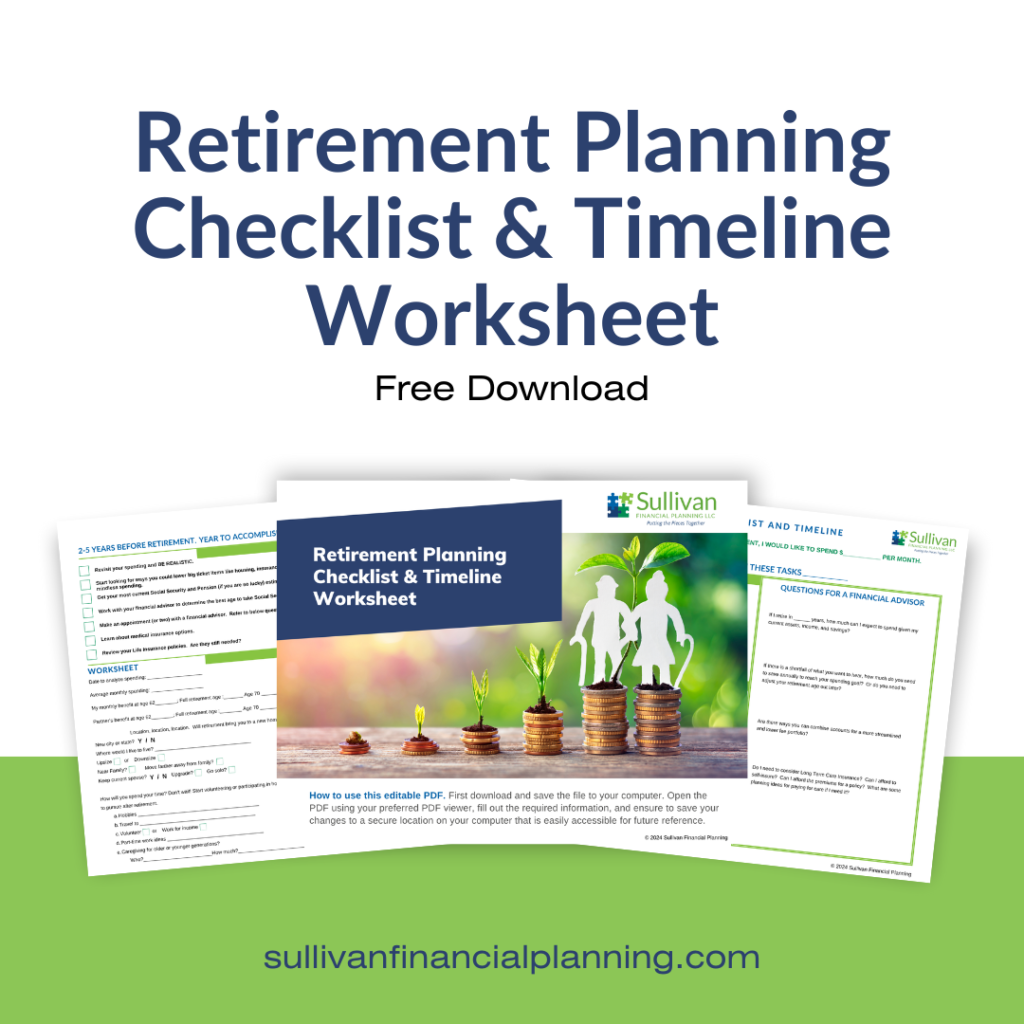A client math problem that I often work on goes something like this:
Jeff and Mandy have a baby. Mandy just got a much deserved promotion with a fat raise and is eager to continue building on her career success. Jeff would be happy to stay home and take care of sweet baby Slayer (Jeff never quite got over his hair metal days) until she starts kindergarten. What are the financial costs of Jeff taking this sabbatical from work?
Okay, so I can calculate the potential outcome on retirement if one less person is participating in a 401k or NO ONE is participating in retirement savings because it’s all they can do to scrape by with one salary.
I can even put in hypothetical future savings, extend working years, lower retirement incomes, downsize house, or other variables to show the ripple effect of Jeff taking time out of the workforce.
But, what I can’t predict and do worry about is how hard it may be for Jeff to re-enter the workforce after 5 years (or one or two or three).
Here are some concerns:
“About 60% of mothers who returned to work after a career break said it was challenging to re-enter the workforce, and more than one-third said they struggled to get hired, according to the survey.” Source: CNBC
“When hiring professionals review résumés, they put the onus on job hunters to defend why they were out of work. This is one of the many unfair things job seekers must contend with.” Source: Forbes
Age discrimination is happening to people in their FORTIES! “In fact, three in five workers ages 40 and older (64%) report having seen or experienced age discrimination in the workplace.” Source: AARP
Maybe if Jeff can even work the teeniest bit of part time while looking after little Slayer, it will help balance the care-giving responsibilities with future career and financial goals.
It’s not all bad news! Stay tuned for next week’s blog on tips to overcome employment gaps when re-entering the workforce.



